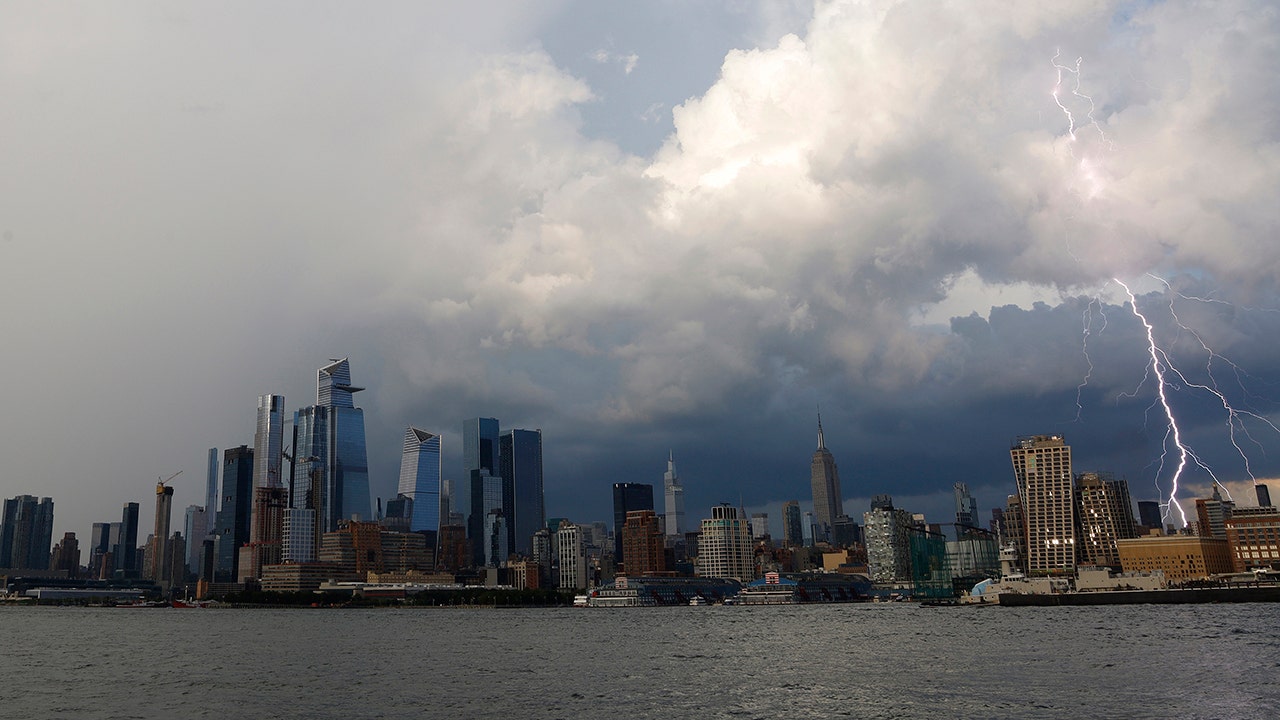A global team of researchers has delivered new evidence that public backing for climate measures rises when people connect extreme weather with climate change.
The findings also reveal a nuanced picture: certain hazards – heatwaves and tropical cyclones, for example – appear to shift attitudes more than others, and the size of the shift varies widely across regions.
The study gauged support for a suite of government policy measures. These included higher taxes on carbon-intensive foods, steeper levies on fossil fuels, expanded public transport infrastructure, wider deployment of renewable energy, and stronger protection of forests and other natural land.
Disaster blame shapes climate views
Using a dataset that blended satellite-derived records of natural disasters including storms, floods, fires, and droughts with survey responses from 68 countries, the authors estimated how many citizens had faced each hazard in recent years. They then compared that exposure to stated policy preferences.
The results highlight the psychological weight of attribution – the extent to which respondents believe climate change has intensified local disasters.
“Our data suggest that if individuals attribute extreme weather events to climate change, support for climate policies is higher regardless of whether the events are more frequent,” the scientists explained.
They also conceded that reverse causality is possible: environmentally minded citizens may be more inclined to blame climate change for a flood or heatwave.
Biggest supporters of climate policies
Taxation remains a tough sell. “Increasing carbon taxes received the lowest support, with only 22 percent and 29 percent of people, respectively, indicating they very much supported increased taxes on carbon-intensive foods and fossil fuels,” the authors wrote.
“Protecting forested and land areas, by contrast, was a popular policy option. Eighty-two percent supported it very much and only three percent not supporting it at all.”
Renewables ranked second, drawing strong approval from three in four respondents. Demographic factors moderated these views.
“Participants who identified as men, were younger, more religious, had higher education, higher income, left-leaning politics, and who lived in urban areas were more likely to support climate policies,” the researchers explained.
Such patterns echo earlier work on environmental attitudes but gain statistical heft when paired with hard numbers on disaster exposure.
Some disasters matter more
Support was highest across Africa and Asia, middle of the pack in Australia, Costa Rica, and the United Kingdom, and below average in parts of Europe such as Czechia, Finland, and Norway.
To better understand why some disasters sway opinion more than others, the team examined the “management potential” of each event type.
Heatwaves and cyclones, they argue, lend themselves to engineering solutions – irrigation or seawalls – so citizens may associate them more closely with concrete policy interventions.
“One possible explanation is that these types of extreme weather events allow for management strategies that can directly reduce the hazard itself,” the scientists noted, listing measures like “flood protections, irrigation systems, prescribed burn-offs, and land-use policies.”
Perception shapes climate response
Another key takeaway: simply living through a disaster does not automatically translate into greener voting habits. For most hazard categories, raw exposure showed little correlation with climate policy support unless people also perceived a climate link.
The authors pointed out that attribution varies dramatically around the world. In South America – particularly Brazil and Colombia – people overwhelmingly agree that storms and heatwaves are climate-driven.
Northern Europe and much of Africa report lower attribution levels, mirroring polls that find limited awareness of anthropogenic climate change in those regions.
Disasters demand climate framing
The paper suggests that effective climate messaging should draw explicit connections between local disasters and broader warming trends, especially in places where that mental bridge is weak.
At the same time, communication campaigns must navigate skepticism toward carbon pricing by highlighting co-benefits of renewables or ecosystem protection.
The authors caution that their results do not prove causation in a strict sense, but the statistical associations are robust across thousands of survey responses and multiple modeling approaches.
They call for follow-up studies focused on how to communicate about lesser-known hazards. These include prolonged droughts and slow-onset sea level rise, which citizens may not instinctively link to climate change.
Finally, the experts stress that policy design must account for demographic and cultural nuances. For officials drafting climate plans after a devastating storm, the lesson is clear.
The public’s willingness to pay for mitigation will hinge not only on their lived experience but also on whether they see that storm as another symptom of a warming planet.
The study is published in the journal Nature Climate Change.
—–
Like what you read? Subscribe to our newsletter for engaging articles, exclusive content, and the latest updates.
Check us out on EarthSnap, a free app brought to you by Eric Ralls and Earth.com.
—–










 English (US) ·
English (US) ·